Solar Energy Materials And Solar Cells | Types Of Solar Cells :: TheMech.in
Solar radiation received on earth in just one hour is more than what the whole world’s population consumes in one year. 3,850,000 Exajoules (EJ) amount of solar energy received by Earth Surface per year. In 2011, worldwide primary energy consumptions was 550 EJ. 7 hours of Solar Energy at Deserts can meet annual global energy requirement.
Note: 1 EJ = 10 18 J
(i.e in the order, Joule (J), Kilo Joule, Mega joule, Giga Joule, Tera Joule, Peta Joule, Exa Joule, Zeeta Joule, Yotta Joule and so on.)
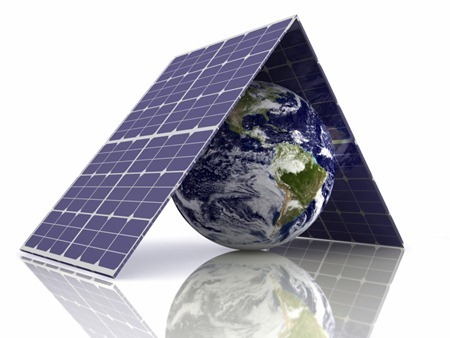
What is Photovoltaics (“PV”)?
-
Photovoltaic (phōs) = light (@ Greek )and “voltaic” = electric (from Volta, Italian physicist)
-
Conversion of sun light directly into electricity through semi conductor materials
-
Electricity for 2 billion people around the world
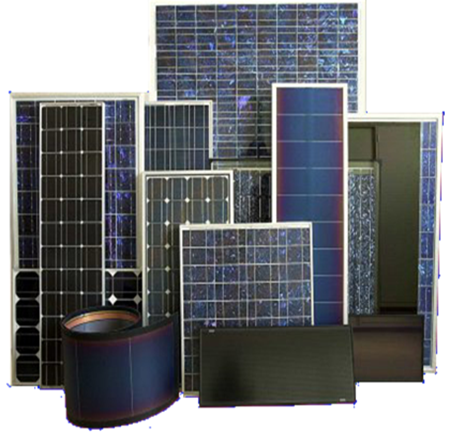
What is Photovoltaic (PV) systems?
A PV system consist of:
-
Photovoltaic cells connected into modules and encapsulated Modules grouped into panels.
-
Panels groups into arrays,
-
A power conditioning unit,
-
Batteries.
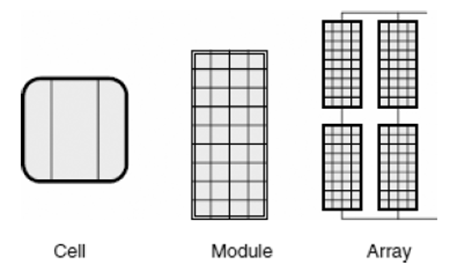
History of Photovoltaic’s:
In 1839, a young French physicist named Edmund Bacquerel discovered the photovoltaic effect. While working with two metal electrodes in an electricity-conducting solution, he noted that the apparatus generates voltage when exposed to light.
When 1904, Albert Einstein published a paper on the photoelectric effect, that the general scientific community stopped looking at photovoltaic as some type of scientific hoax.
1839 Becquerel: Photogalvanic effiect
1873 Smith: Photoconductivity of Se
1883 Fritts: Se films solar cells
1946 Russel Ohl Modern Solar cell Patent
1954 Bell Lab: 6% Si solar cells
1959 Hoffman: 2% Si cells (industrial)
1966 NASA: 1kW array
1974 Sunshine: Alternatives to Si
1980 Thin-film 10% Cu2S/CdS
1985 High Efficiency 20%; Conc. 25% (Si)
1999 1GW installed (cumulative)
2007 ~3GW
2008 Sunpower 18.5% PV panel
2009 Low cost (<1$/wp) module by First solar
Note: Se – Selenide, Si – Silicon, CdS- Cadmium Sulfides, Cu2S- Copper Sulfides.
What is Solar Cell?
The basic component of a PV system is solar cell.
Two fundamental functions:
1. Photo-generation of charge carriers (electrons and holes) in a light-absorbing material
2. Separation of the charge carriers to a conductive contact to transmit electricity
If light with adequate energy falls onto silicon arranged to form a p-n junction and penetrates to a point near the junction, then, because of the photo-electric effect, it will create free electrons near the junction. These electrons immediately move under the influence of the p-n junction’s electric field. The electrons continue to move through the cell to the surface of the cell. On the way towards the surface of the cell some of the electrons may be re-absorbed by the silicon atoms, but many electrons still reach the surface of the cell. These electrons can be collected by a metallic grid and an electric current will flow if the grid is connected to the metal contact on the other side of the cell by an external circuit.
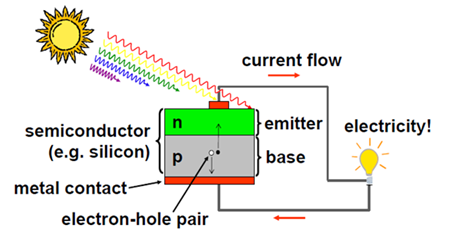
Photovoltaic Materials:
-
Crystalline silicon (c-Si)
-
Amorphous silicon (s-si)
-
Cadmium Telluride (CdTe)
-
Copper Indium Diselenide (CIS)
-
III-V Family (Gallium arsenide….)
-
Dye-Sensitised Solar Cells (DSSC)
-
Organic Photovoltaics (OPV)
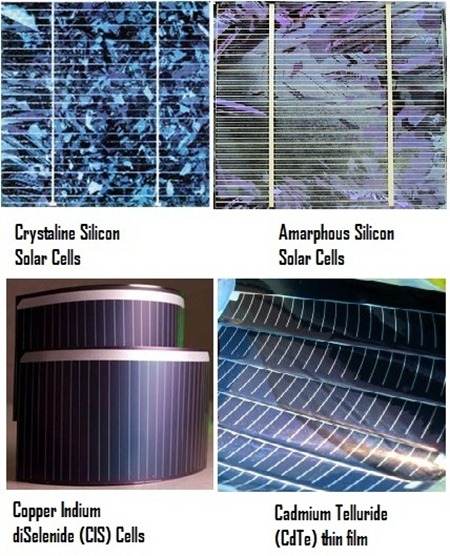
——————————————————————————————————-
Tagged with: dye sensitized solar cell • how solar cells work • monocrystalline solar cells • monocrystalline solar panels • photovoltaic solar cells • photovoltaic systems • polycrystalline solar cells • silicon solar cells • solar cell technology • solar energy materials and solar cells • solar power cells • solar pv cells • thin film solar cells • types of solar cells • types of solar cells materials • types photovoltaic cells • what are solar cells
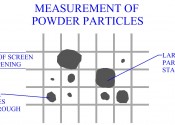


Leave a Reply